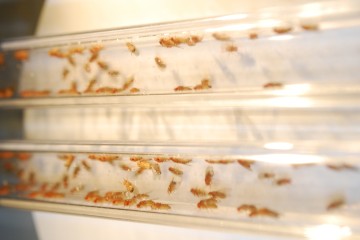Pilot study grant
The Drosophila adult intestine as a model for radiation tolerance and resistance

At a glance
Completed
Award date
January 2015 - December 2015
Grant amount
£74,256
Principal investigator
Dr Joaquin de Navascues
Institute
Cardiff University
R
- Replacement
Read the abstract
View the grant profile on GtR
